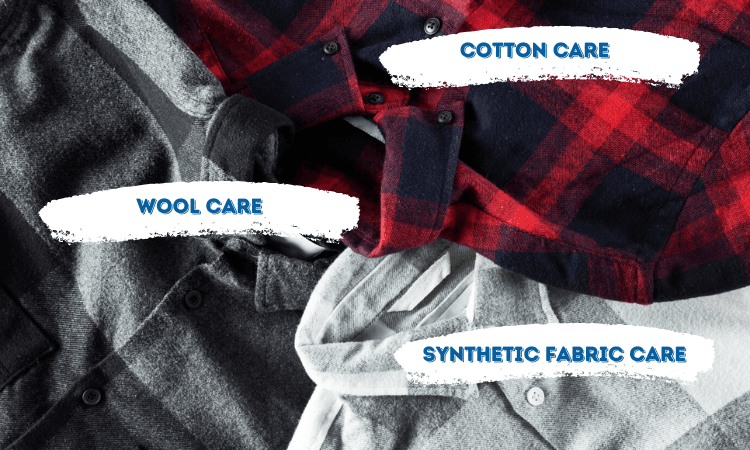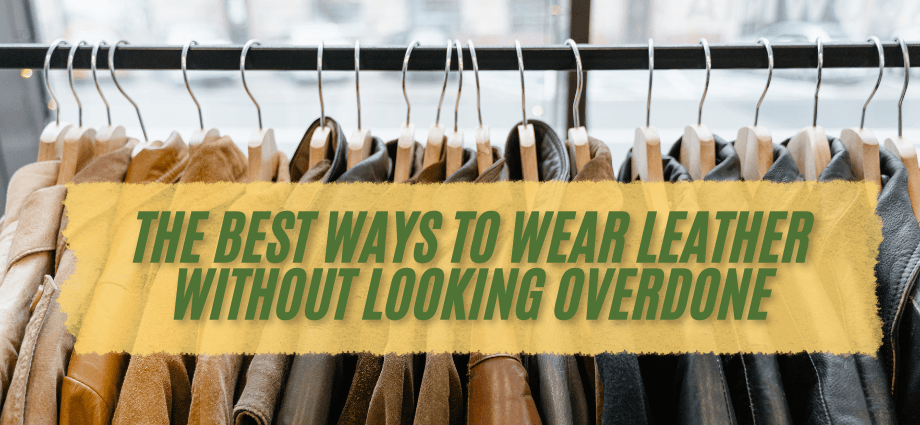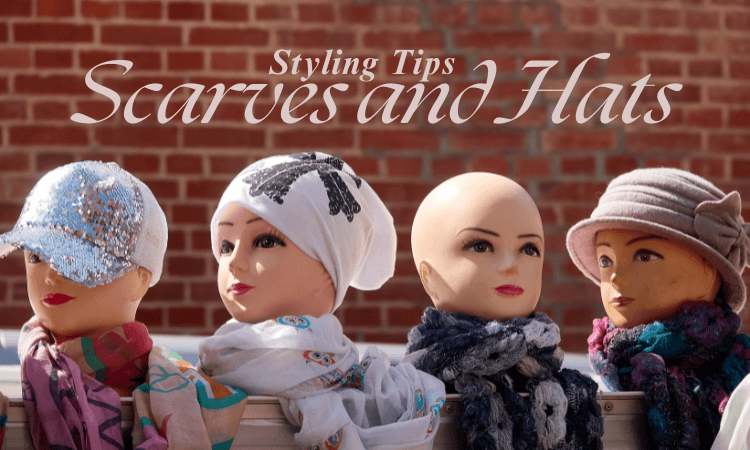Choosing the right fabric for men’s clothing is essential for comfort, durability, and style. The fabric you select can impact how your clothes look, feel, and perform in different settings. This guide will explore various fabric options, how to choose the best fabric for different occasions and seasons, and how to care for your clothing to ensure longevity.
Types of Fabrics for Men’s Clothing
Men’s clothing features a mix of natural and synthetic fabrics, each offering unique qualities. Here’s a breakdown of some of the most common fabrics used.
Cotton
Cotton is a popular, breathable fabric that works well for casual and formal wear. It’s soft, comfortable, and easy to care for.
- Pros: lightweight, breathable, and moisture-wicking.
- Cons: Prone to wrinkles and can shrink if not cared for properly.
Brands like Brooks Brothers offer high-quality cotton shirts, perfect for both office and casual settings.
Wool
Wool is a versatile fabric used mainly for suits and colder climates. It provides excellent warmth while still being breathable.
- Pros: Insulating, durable, and wrinkle-resistant.
- Cons: Needs more care (usually dry cleaning) and can feel too warm in hot climates.
Wool blends, like those from Harris Tweed, are a classic choice for formalwear, combining durability with timeless style.
Linen
Linen is perfect for hot weather because of its lightness and breathability. It’s commonly used in summer clothing and casual wear.
- Pros: Extremely breathable and light, naturally antibacterial.
- Cons: wrinkles easily and may feel too casual for formal events.
Linen shirts from brands like J. Crew are popular for their relaxed, comfortable fit during warmer months.
Synthetic Fabrics (Polyester, Nylon, etc.)
Synthetic fabrics like polyester and nylon are commonly used for activewear and casual clothing due to their affordability and durability.
- Pros: Easy to care for, affordable, and durable.
- Cons: Less breathable than natural fibers, which can lead to discomfort in hot weather.
Activewear brands like Under Armour use polyester blends for their moisture-wicking and stretch properties, making them great for workouts.
Choosing the Right Fabric for Different Occasions

Fabric choices should be influenced by the occasion. Some fabrics work better for formal events, while others are ideal for casual or active settings.
Business and Formal Wear
For business or formal events, fabrics like wool are ideal due to their elegance and durability.
- Best Fabrics: Wool for suits, cotton for shirts, and silk blends for ties or pocket squares.
Wool suits from SuitSupply are a great choice for professional settings, offering both warmth and style.
Casual Wear
Casual outfits require fabrics that are comfortable and easygoing. Cotton and linen are perfect for a laid-back look.
- Best Fabrics: cotton for t-shirts and casual trousers, linen for summer shirts.
Cotton denim from brands like Levi’s provides comfort and style for everyday wear.
Activewear
For physical activities, fabrics like polyester and spandex are preferred due to their stretch and moisture-wicking abilities.
- Best Fabrics: Polyester and nylon for moisture-wicking, spandex for flexibility.
Brands like Under Armour specialize in activewear made from these materials, providing optimal comfort during workouts.
Fabric Considerations for Different Seasons
The fabric you choose should reflect the season’s temperature. Lighter fabrics are best for summer, while heavier ones are ideal for winter.
Summer Fabrics
In hot weather, lightweight fabrics like cotton and linen are perfect for keeping cool.
- Best Fabrics: Linen for casual wear, cotton for breathable shirts.
A linen shirt from J. Crew is a great option for staying cool and stylish during the summer.
Winter Fabrics
During colder months, fabrics that offer warmth without being too heavy, such as wool, are essential.
- Best Fabrics: Wool and cashmere for insulation and warmth.
Wool coats from Everlane offer warmth and durability, making them perfect for winter.
Transitional Seasons
For spring and fall, fabrics that can adapt to fluctuating temperatures, like lightweight wool or cotton blends, are ideal.
- Best Fabrics: Wool blends and cotton for layering.
A wool-blend jacket from Uniqlo is an excellent option for the transitional weather of fall and spring.
Caring for Different Fabrics

Proper care ensures that your fabrics last longer and continue to look their best.
Cotton Care
Cotton is easy to care for but can shrink if not handled carefully.
- Care Tips: Machine wash in cold water to prevent shrinking; air dry or tumble dry on low heat.
Wool Care
Wool requires more delicate care to preserve its softness and structure.
- Care Tips: Dry clean wool garments, or hand wash with cold water and a gentle detergent if needed.
Synthetic Fabric Care
Synthetic fabrics are low-maintenance but still require proper care to ensure they don’t lose their shape.
- Care Tips: Machine wash in cold water and tumble dry on low or hang to dry.
Popular Fabric Brands and Products
Here are some reputable brands offering high-quality fabrics for various needs:
Wool Blend Fabrics by Harris Tweed
Harris Tweed is known for its durable, high-quality wool blends, making them ideal for tailored suits and coats.
Cotton Shirts by Brooks Brothers
Brooks Brothers offers premium cotton shirts that are both comfortable and stylish, perfect for formal or business settings.
Activewear by Under Armour
Under Armour specializes in high-performance activewear, offering moisture-wicking and flexible fabrics for intense workouts.
Conclusion
Choosing the right fabric for your clothes is essential for both style and comfort. From breathable cotton for casual wear to insulating wool for winter, the fabric you select should align with the occasion and season. With proper care, your fabrics will last longer, ensuring that your wardrobe remains functional and fashionable for years to come. Whether you’re investing in a classic wool suit or a versatile cotton shirt, understanding the benefits of each fabric helps you make the best choice for any situation.



